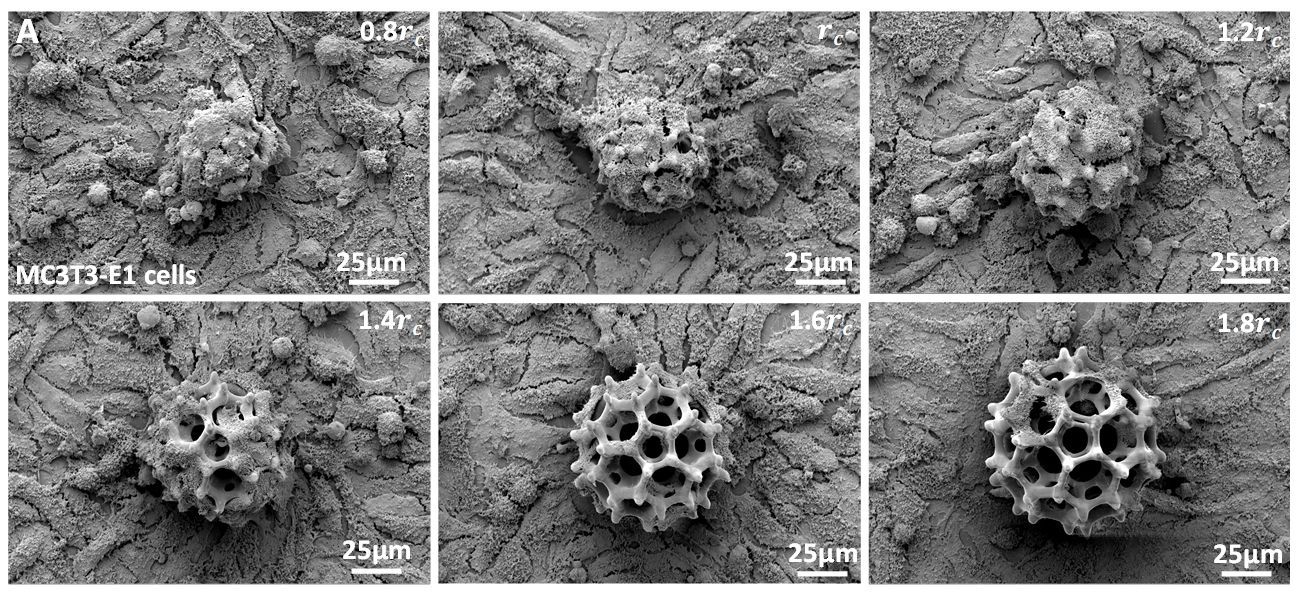Researchers used magnetically driven microrobots to carry cells to predetermined spots within living zebrafish and mice, they report in Science Robotics today (June 27). The authors propose using these hair-width gadgets as delivery vehicles in regenerative medicine and cell therapy.
The scientists used a computer model to work out the ideal dimensions for a microrobot; spiky, porous, spherical ones were deemed best for transporting living cells. They printed the devices using a 3D laser printer and coated the bots with nickel and titanium to make them magnetic and biocompatible, respectively. An external magnetic field applied to the animal then leads the microrobots.
To begin with, the research team tested the ability for the robots to transport cells through cell cultures, blood vessel–like microfluidic chips, and in vivo in zebrafish. Further, they used these microrobots to induce cancer at a specific location within mice by ferrying tumor cells to the spot. The team observed fluorescence at the target site as the labeled cancer cells proliferated.









Comments are closed.